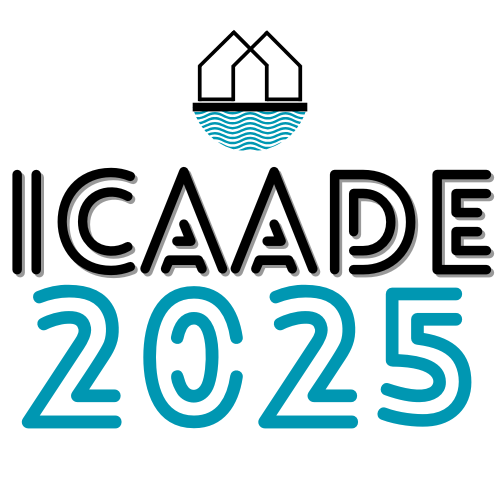NAVIGATE 2017 WEBSITE
RETURN TO ICAADE 2019
2017 HOME
Amphibious Architecture
ABSTRACTS & PAPERS
Submit your Abstract
Oral Presentations
Papers
Posters
Topics
REGISTRATION
Registration Fees
Venues
Accommodations
Transportation
PROGRAM
Program Schedule
Field Trip
Important Dates
SPEAKERS
Keynote Speakers
Plenary Speakers
Speakers
Speakers' Abstracts
STUDENT WORKSHOP
Design Workshop
Workshop Registration Fees
Workshop Accommodation
POLICY SYMPOSIUM
Problem & Proposal
Schedule
SPONSORSHIP
Sponsorship Levels
Sponsors
Partners
COMMITTEES
Executive Committee
Int’l Steering Committee
Local Organizing Committee
Committee Biographies
CONTACT US
Contact Information
Get Involved
Email ICAADE
ARCHIVES
ICAADE 2015 Website
We are excited to announce the Global Amphibious Policy Symposium (GAPS), taking place at the Inn of Waterloo on June 29-30, immediately following the International Conference on Amphibious Architecture, Design, and Engineering.
The symposium at the Inn of Waterloo will immediately follow ICAADE 2017. The goal of the Global Amphibious Policy Symposium is to initiate an international discussion of the pressing issues related to government policies, insurance industry regulations, and building codes and standards that so affect our work, and to begin to formulate recommendations.
PROBLEM & PROPOSAL
Floods affect more people globally than any other type of natural hazard, and cause significant economic, social and personal loss, much of which could be avoided or drastically reduced. Until 2015, Canada was the only G8 country without overland flood insurance for homeowners. Prior to 2015, funding from federal, provincial and territorial Disaster Financial Assistance programs was the only source of compensation for those who suffered property damage from overland flooding. In 2015 flood insurance was initiated in Canada, but only through private insurers (Insurance Bureau of Canada, 2017). The same year, Canada's Parliamentary Budget Officer released a report stating that storms, hurricanes and floods will cost the federal disaster fund $902 million CAD a year over the next five years (Nadarajah, 2016). Insurance industries and policymakers are key partners in advancing innovative flood damage reduction approaches.
Despite the globally growing concern for flooding, a number of potentially useful flood risk reduction approaches are not implemented due to significant policy barriers preventing their use. For example, amphibious construction, which allows otherwise-ordinary structures to float temporarily when flooding occurs, is currently not a mainstream flood risk reduction approach due to significant regulatory, building code and insurance industry-related barriers. Although a growing body of research and several built projects have highlighted the potential of amphibious architecture to significantly reduce flood damage to buildings, there remains a lack of government policy and insurance industry guidelines that can facilitate its effectiveness as a flood damage reduction technology.
The international symposium will therefore facilitate dialogue among insurance industry experts, academics specializing in flood damage reduction research, and leading experts in amphibious architecture, enabling them to work collectively to develop innovative strategies and solutions for reducing flood damage. Considering the growing concern for flood damage and Canada's relatively nascent flood insurance program, there is a unique opportunity to collaborate, innovate and lead in global practices around flood damage reduction.




